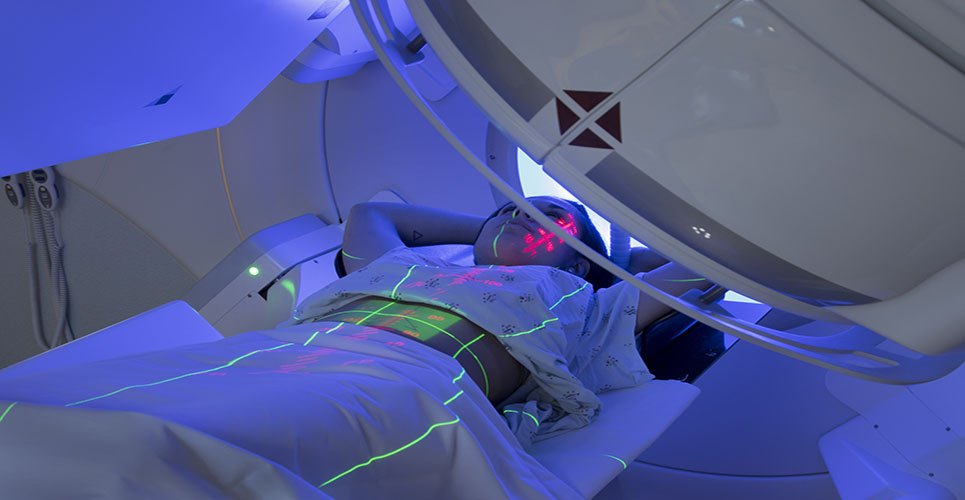teaser
Minerva Biotechnology, a leading nanotechnology, cancer and stem cell development company, today announced a major breakthrough in a cancer target that is widely expressed in human cancers.
Minerva used its proprietary nanoparticle technology to elucidate a key molecular mechanism that is involved in cancer cell growth and metastasis.
The study, published today in the journal PLoS ONE focuses on a cell surface receptor, called MUC1, which according to extensive scientific literature is aberrantly expressed on 75% of all human solid tumours – 96% of breast cancers, 47% of prostate cancers, as well as high percentages of ovarian, colorectal, non-small cell lung, and pancreatic cancers.
Circulating MUC1 is currently used as a diagnostic marker for breast cancer and over expression also has been shown by many studies to be correlated with poor clinical outcome.
Using its unique nanoparticle research platform, Minerva has shown that MUC1 is actually cleaved to a new form, called MUC1* (‘star’). Once cleaved, MUC1* dimerises with itself and other growth factor receptors through binding of a newly discovered ligand for MUC1*, called NM23.
Binding and dimerisation then acts to activate the tumour to unregulated cell growth, invasion and metastasis.
Blocking MUC1* dimerisation and NM23 binding leads to cancer cell death.
Minerva has identified both antibody-based and small molecule therapeutics that disable the receptor and block cancer cell growth.
This new discovery may also lead to better diagnostics. In collaboration with a leading diagnostic reference lab in California, Minerva has shown that MUC1* is expressed to much higher levels than MUC1 in a variety of human tumor tissues, and in the future could provide both diagnostic and prognostic information on tumour development.

